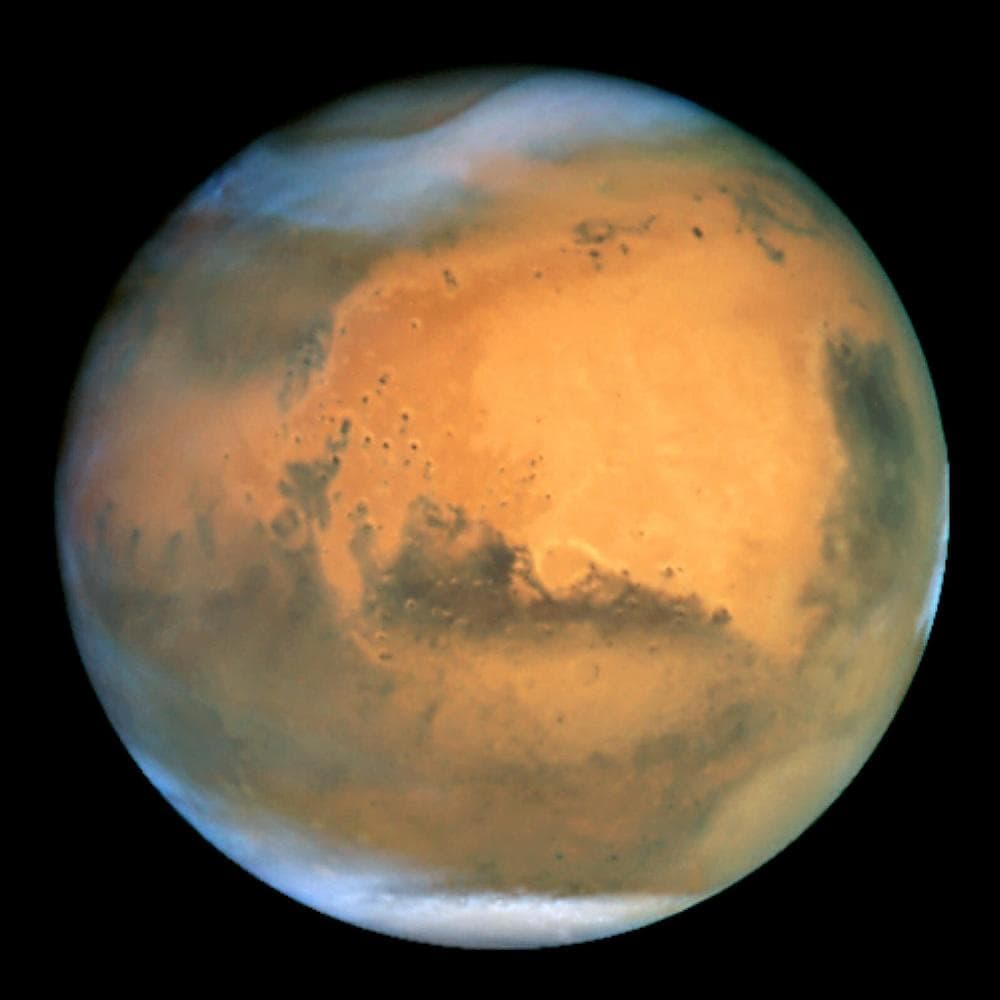Advertisement
Rundown 7/17
Resume"Global Payments" for Health Care
As health care reform slowly moves forward in Congress, Massachusetts is considering a dramatically different way to pay doctors and hospitals in order to rein in healthcare costs. It's called a global payment system, and it would scrap the fee-for-service system and replace it with a system in which health care providers receive a set annual payment for each patient. The state would be the first to adopt the idea on a broad scale, but will it save money? And could it offer lessons nationally? We speak with Here & Now's Martha Bebinger, who's been covering the story.
The Quiet American
In the summer issue of World Affairs, Boston University Professor Andrew Bacevich offers a thoughtful appreciation of Graham Greene's novel, "The Quiet American," which is set in Vietnam in the 1950s. Bacevich believes Greene's fiction provides insight into what Bacevich describes as the United States' blunders in Iraq and Afghanistan.
Wheat Field in London
A group of artists has turned a old railway line into a vibrant rural retreat for people in London. The area has been transformed into a wheat field. The crop will be harvested and turned into bread on site later this summer. The project is a revival of a work done by environmental artist Agnes Denes in New York City in 1982. The BBC's Daniel Gordon visited the Dalston Mill project.
Should You Be Able to See Your Doctor's Notes Online?
Dr. Tom Delbanco says patients own their medical records and should be able to see what a doctor has written about them. He believes this will lead to better communication and better care. To test this hypothesis, a project called "Open Notes" will begin at three health care facilities. The goal is to have these notes available in a patient's online medical record. Dr Delbanco is an internist at Beth Israel Deaconess.
Red Planet on the Silver Screen

As the anniversary of the 1969 moon landing approaches, we look at how Hollywood has portrayed Earth's neighbor, Mars. The films, dating back to 1910, reflect what people thought about Mars and space travel. In the earlier movies, cannons shot people into space to reach the red planet where they encountered an advanced civilization. Today, Mars is seen as a barren red rock with the potential to be transformed into a planet that can sustain life through "terraforming." Our guest is Glenn Zorpette, Executive Editor of IEEE Spectrum magazine, who reviewed Mars movies.
Music from the Show
- Ahmad Jamal, "Patterns"
- Paul Simon, "50 Ways"
- Nathan Milstein, "Bach: Sonatas and Partitas for Solo Violin"
- Joe Jackson, "Steppin' Out"
- Danny Elfman, "Mars Attacks!"
This program aired on July 17, 2009.